Translated from Esperanto, “Movado” means “always in motion,” a choice name from an artificial language that was meant to reflect “cosmopolitan attitudes.” It was a re-branding of sorts for the enterprising watch factory, where after 25 years of dominating the La Chaux-de-fonds region of Switzerland, they needed to communicate that they were capable of more than table clocks and pocket watches with in-house movements. They were to be progressive and push boundaries.
Their first “unique” design was released in the mid-twenties and known as the Curviplan; it was the first men’s watch with a curved case meant to taper around the wrist. More of a novelty, this struggled to maintain footing in the wake of the depression when eccentric tastes devolved to the more conservative and practical. Thus, the no-nonsense need to measure and record time lead to patenting a rotating bezel and optional chronograph, encased as the “Chronoplan.” This was followed by Weems variants and modular-based (and easily serviceable) M90/M95 chronographs that would support the war efforts.
Make no mistake, Movado still offered plenty of oddities to keep it weird. The thirties oversaw belt buckle clocks, clocks disguised to look like books, lighter clocks, and even a watch with a swivel-mounted “Reverso” type case that displayed the time on one side and a recordable chronograph on the other. That’s right, Movado beat JLC to creating a Duoface Reverso by 50 years.
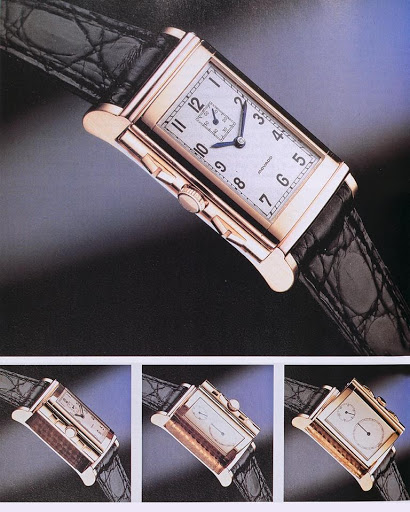
For a while, Movado’s popular item was the “Ermeto,” a collapsible chronometer-rated “pocket clock” that was conceived with the traveling businessman in mind. As unconventional as they were in design, they sold like hot cakes. Other main sources of revenue came from supplying movements for adjacent brands including Cartier and Tiffany & Co.
In the late forties, Movado released their latest snappy-titled creation, the “Calendograh” (not to be confused with the Calendomatic, Calendoplan, or Celestograph). Basically, if you wanted any kind of watch that offered more than a date window, there was a Movado caliber to get you covered. Their inventiveness for variety and penchant for names with pizazz lead one Bazelword reporter to remark:
“We find the Swiss manufacturers have certainly been reading American motor-car advertisements, They begin to apply complicated and almost meaningless names to their products. Without a condemnation of the idea it must be said that it can go too far. Movado lists a watch it calls the Calendomatic and another Tempomatic, whilst yet again there are the Celestograf with a side kick into Calendacvatic, Calendette and the Calendermeto. If the manufacturers want the trade to swallow titles like this they will add to the trade’s difficulties rather than reduce them.”
Joke’s on him. Today, this is the very reason collectors scour the earth for each of its kind, comparable to a twelve-year old’s conquest for taming every Pokémon. Ranging from 32-35mm in case size, these designs always featured mat-cut date windows to accommodate their related complications, often with total disregard to balance of the register layout. Nonetheless, the Calendograph in particular was the first of its type—displaying the day, date, month, with center seconds and automatic winding to boot. It was their flagship of the era and went on to become one of their most prolific staples of design.
These triple calendars were so popular even Winston Churchill had one. Nay, several American politicians had Movados as well.
Although the exact dates of the Zenith-Movado merger are somewhat convoluted, we can deduce that it was probably 1971 based on the reset of Movado’s case reference system. It was during this tumultuous era that fluidity of design-sharing became seamless, with Zenith logos cobranded on Movado dials, “after the fact.” In addition to this, Movado produced exactly 100 patents between 1894 and 1970, suggesting anything thereafter would have been a collaboration.
…I guess this finally brings us to the Museum Dial. It’s an eye-roller for salty watch enthusiasts, but an interesting story if you can part with the prejudice. Moreover, few have ever wondered where it came from.but wouldn’t you? Wouldn’t you question the Museum Dial origin story if it were a bane of such hate and discontent?
And so it goes… An American designer by the name of Nathan Horwitt was heavily influenced by the Bauhaus movement, something that had begun to gain serious traction in the States during the 1930’s. The catalyst was a mass migration of German artists seeking refuge from Hitler who, having been rejected from art school before coming to power, swore a generic vengeance against all who existed in the face of his failure.
Above: Museum Dial – For reference in case you can’t imagine a dot on a dial. Photo Credit: Movado
The gist behind the Bauhaus ethos (or at least how it was interpreted by Horwitt) was, “Functional, basic, not particularly respectful toward other styles or decorative forms, that are anyway only excuses for artistic sterility.” After drafting several influential designs ranging from chairs to picture frames, Horwitt eventually tackled minimalism in horology. It was around this time in 1947 that he’d firmly established himself a regular in culturally sophisticated social circles and with them, endless avenues perfect for plugging his prototypes.
Among those who shared the scene was Greta Daniel of the Museum of Modern Art, who had lauded the “dot design” for its progressive originality. Horwitt was stoked. With this endorsement in hand, he approached whatever watch company he could find (including Vacheron Constantin) with the his patented principle of “powerful emptiness.”
The design was rejected for well over a decade on the grounds that it was “too futuristic and risky” but the designer was tenacious. After failed attempts in Switzerland Horwitt pivoted back toward the States, in particular, one that staked its reputation on the ethos of a language meant to reflect cosmopolitan attitudes. With Movado’s integrity in check, they eventually buckled to testing the waters and registered the dotted dial as a trademark in 1962.
What’s the takeaway here? You can sort of blame Hitler for the museum dial.
In closing…
I once went to a watch meet-up with the Datron on the wrist where it had caught the eye of a passerby aficionado. The interaction went something like this.
“Whoa, what’s that?”
“Hey, dude. It’s the Datron.”
“Oh. The what?”
“The Datron HS 360. By Movado.”
“Oh… A Movado.”
The conversation ended there.
But not in my head it didn’t. In my head, it continued.
“Oh?’ What the shit do you mean, ‘Oh?’ Bro, this thing is legendar—”
And then I caught myself. Because in that moment I realized that this guy didn’t get it. And thank God that he, and whatever percentage of like-minded enthusiasts out there like him, weren’t tracking the value or significance of the Datron for the simple fact that it was a Movado. Because if he had, more than likely I wouldn’t be typing this with one strapped to my wrist.
Surely, he wasn’t aware of Movado’s impact on watch culture or place in history. But why would he be? Obviously Movado couldn’t care less either… but once upon a time, I have to believe they did… and that they had more to offer the watchfam than a single dot on a dial.
But what can you do? You can’t choose your watch family.
Be sure to check out Part 1 of our Reuniting with Movado Series: The Movado Datron Sub-Sea Chronograph’s Lost Story

Damon is based out of the Bay Area, where he’s a black sheep among Apple Watch loyalists. Having served as a Combat Engineer with the USMC, he believes a true field watch’s success is measured by how closely it compares to a “G-Shock.” Nonsensically, a background in design has guided his preference toward higher craft, as he struggles to become the lifestyle his watch tastes more closely reflect.
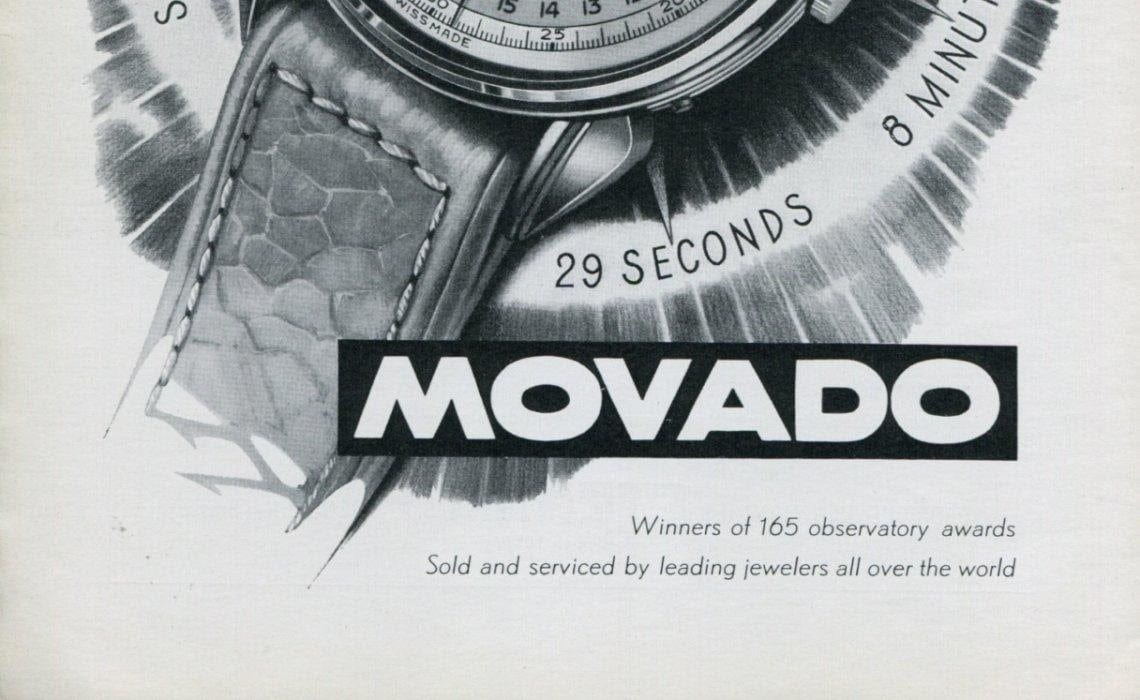

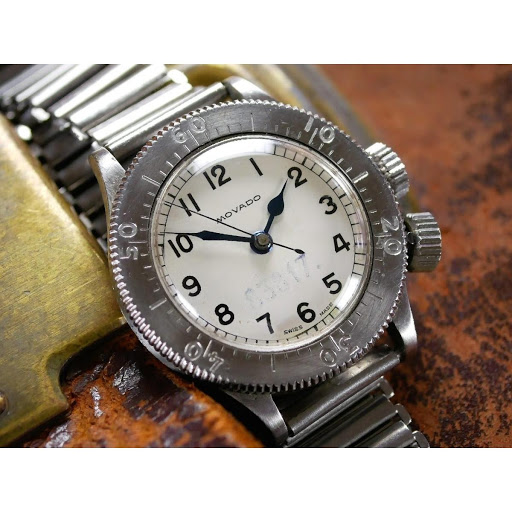
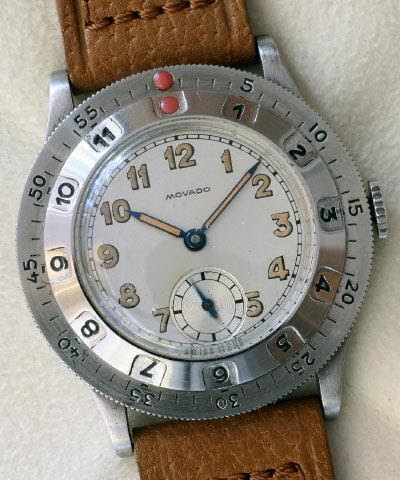
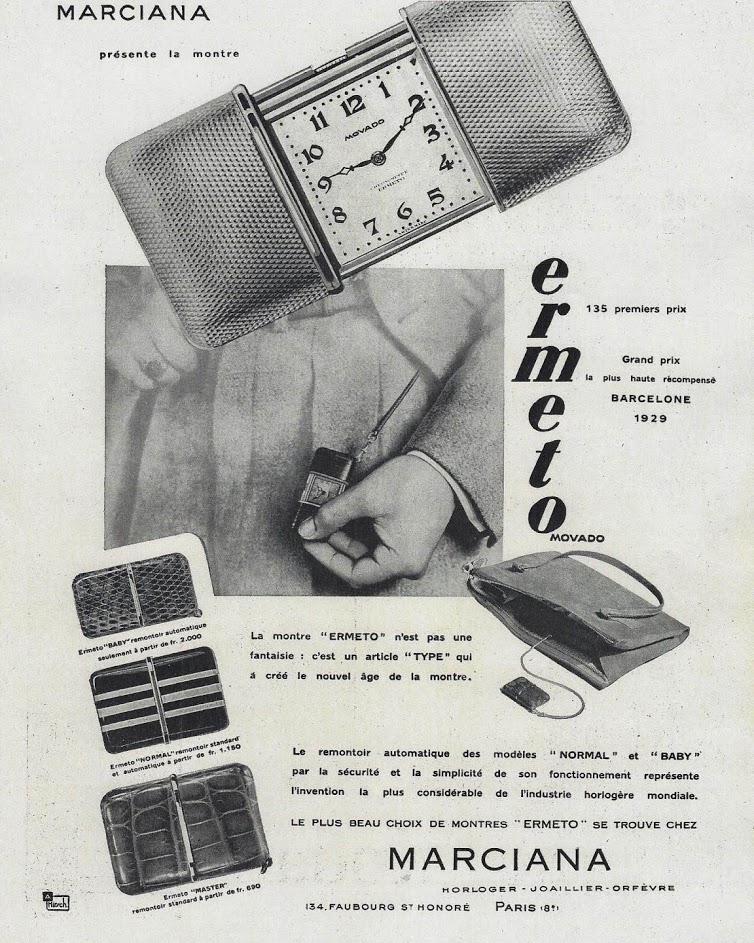

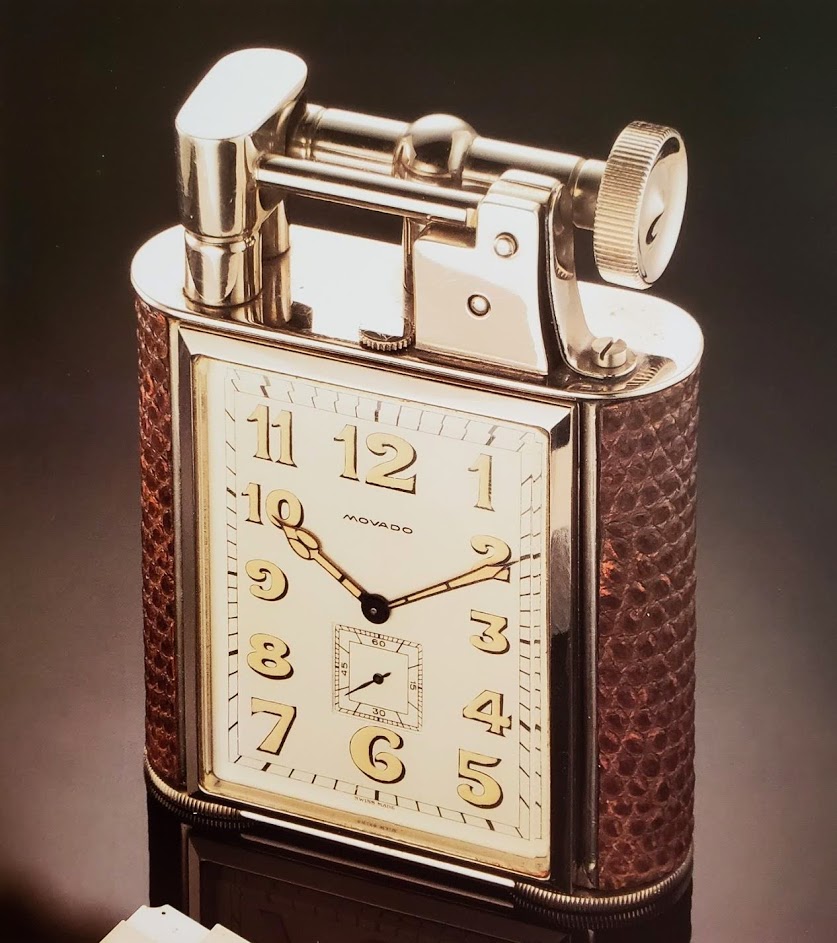
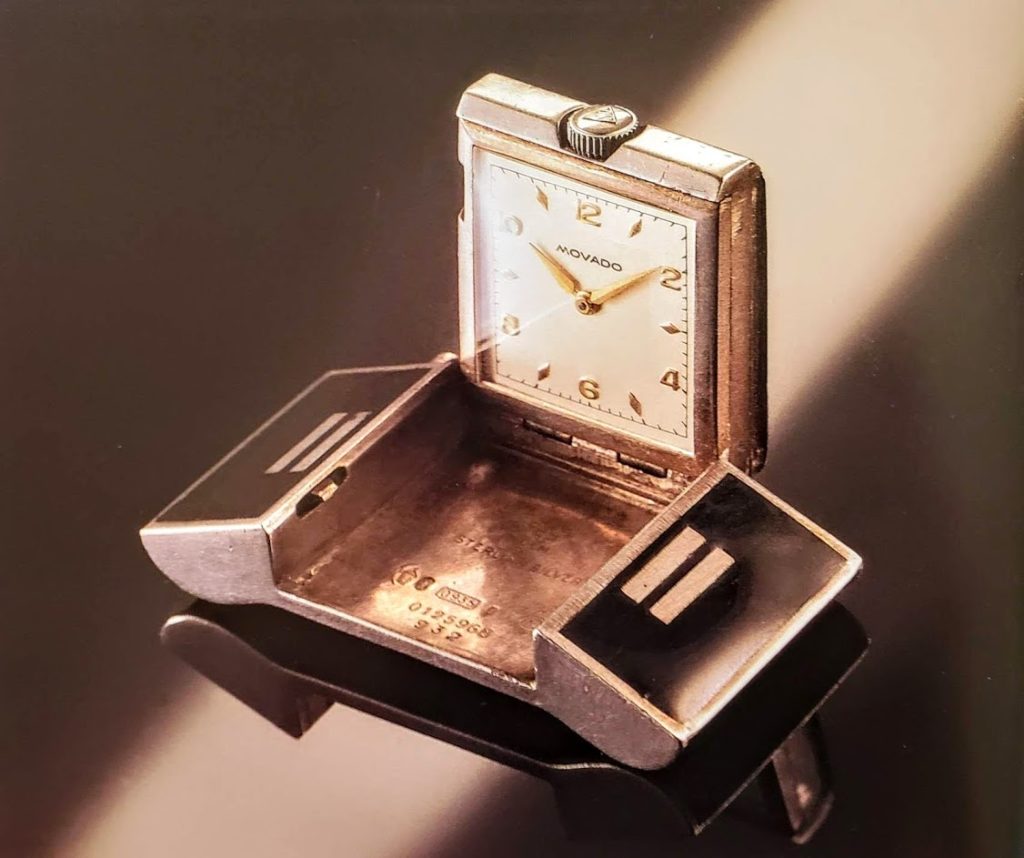
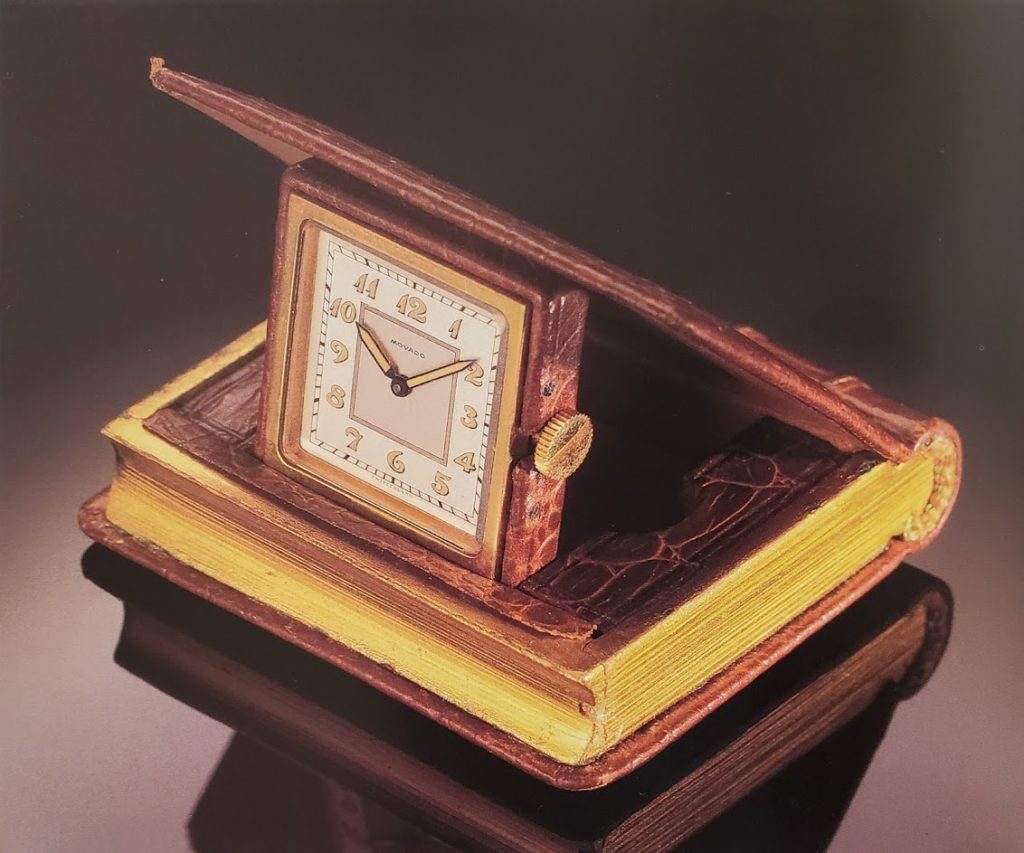
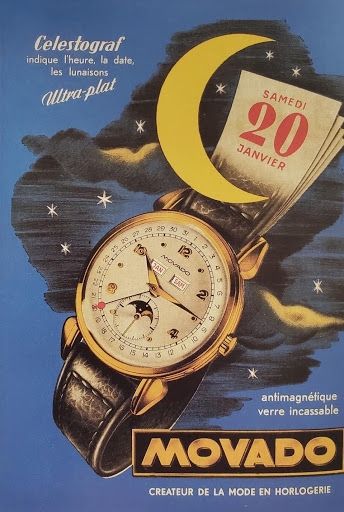
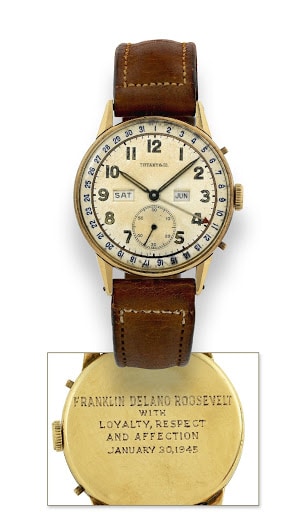
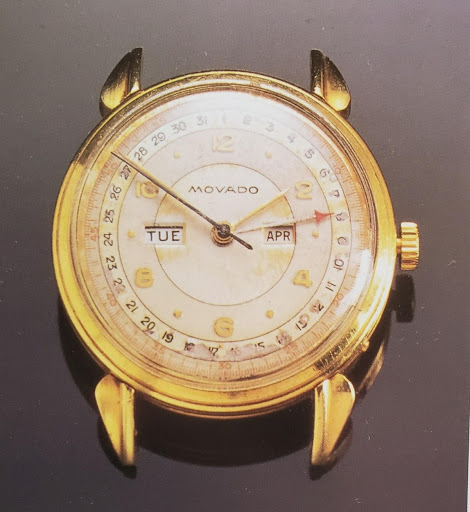
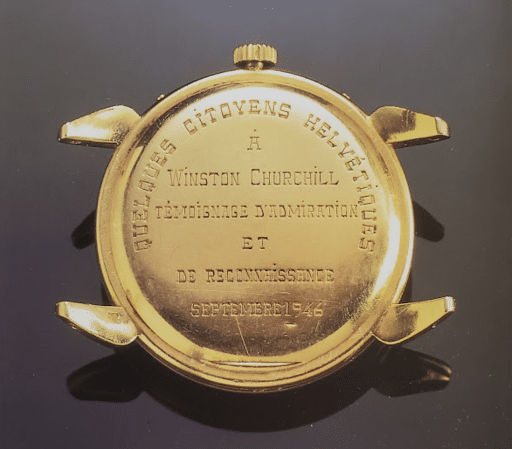
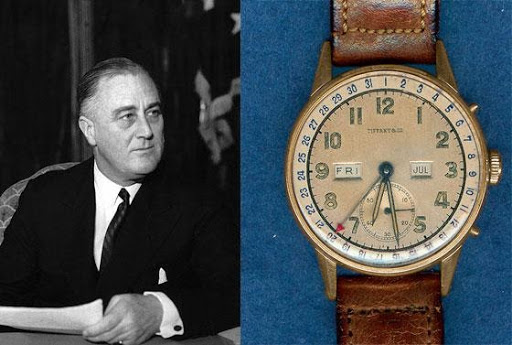

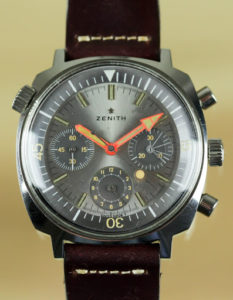
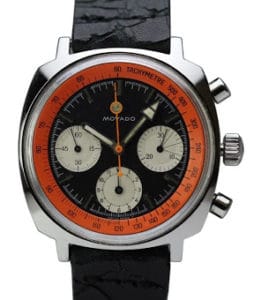
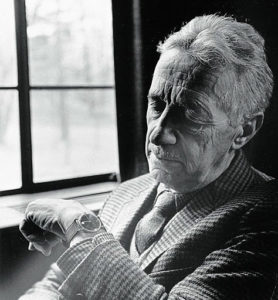

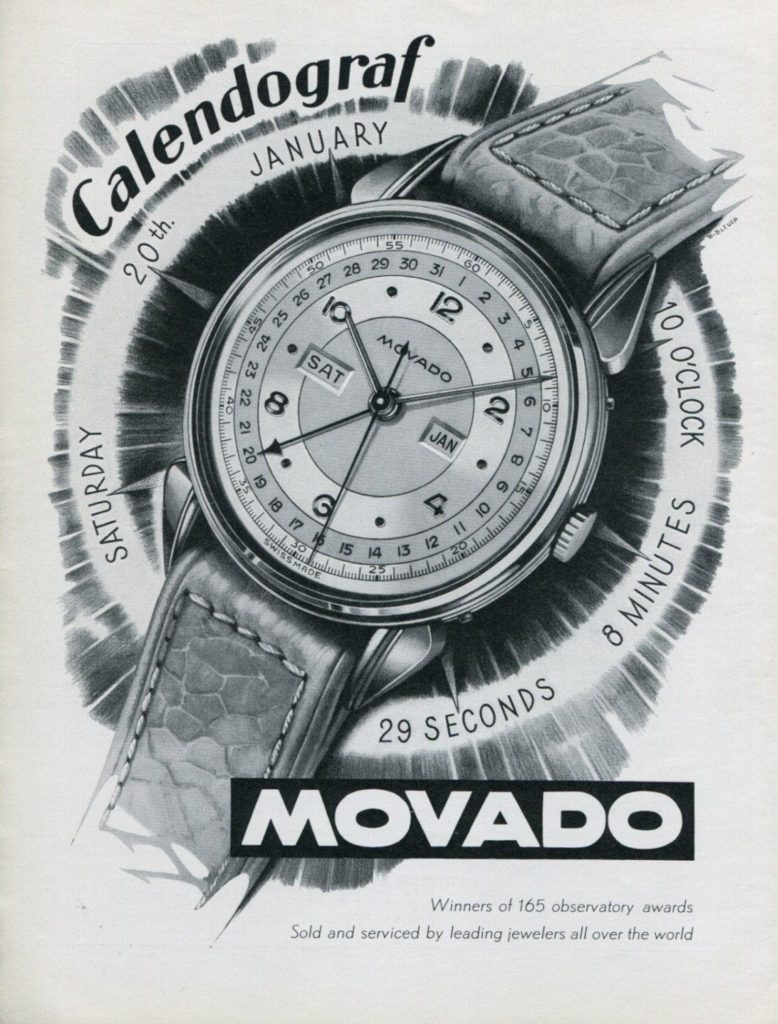
Nice pair of articles. A Movado Ermeto was the first mechanical watch I bought. So I have a lot to thank Movado for.
Ermetos would probably gain more awareness if used in “pocket dump” insta-shots. Cheers.
Nobody I know condemns the Movado known as the Museum Watch & other brands have imitated it .
Adolf Hitler did not consider himself a failure either and was a man of extreme confidence as a decorated combat veteran from the trenches of WW1 , and leader of a resurgent nation; how he got into this,is absurd as the Luftwaffe used Bauhous design & was seen all over Germany I his period.
Dearest Ralston Ridge,
Somewhere in that authentic frontier jibberish are poignant points of expression and nobody can take that away from you.
In the off chance you’re neither drunk nor facetious, I would encourage you poll literally any watch forum for opinions on Movado; the results may surprise you.
Does imitation equate merit?
While Mr. Hitler might be unavailable to comment about being labeled a “failure,” historically, folks who off themselves in the bottom of a bunker after losing a war aren’t winners.
Regarding your insight to the Luftwaffe’s incorporation of Bauhaus design, I ask you do everything within your power to push back on what Wikipedia has reported to the contrary. It appears #fakenews is afoot.
There’s no telling how deep this conspiracy goes… carry on and fight the good fight, my friend.
The best watch article comment I’ll read today, or all week.
Great article, BTW. I need to find one of these but seems like I can’t find the prices you’re finding.
In the last couple years, the struggle has become real. Be sure to set those ebay alerts though… you might surprise yourself!
Hi there –
Great articles. Do you know anything about this apparently limited edition of the Datron/HS 360 with the 3019 phc movement that does not say “Datron” on the Dial, only “Movado?” There is a number stamped on the lug on one of them, would love to learn more!
https://www.chrono24.com/movado/datron-phc-3019-hf-360-zenith-primero–id24181842.htm
and
https://www.arlingtonwatchworks.com/product-page/movado-datron-hs-360
thanks for sharing
I have just bought a movado super sub sea incased a zenith 146HP, I am feeding myself more info about movado and finally get here
Thanks! your work is much appreciated!